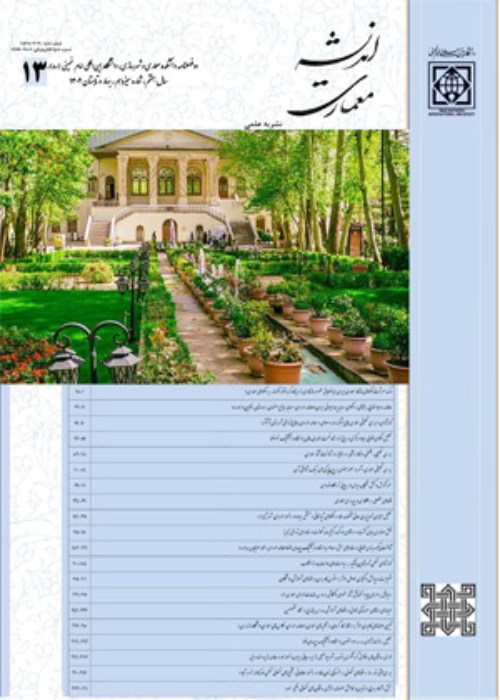Recognition of the representation and fusion of Orientalism discourse in contemporary Iranian architecture of the first Pahlavi era
The discourse of "Orientalism" is based on the views of Edward Saeed and seeks to authenticate the hegemonic strategies of the West over the East. This discourse has emerged in the fields of thought, research, art, etc, and has continued with the differentiation of the way of living, thinking, etc. between East / West, East / West. In such a situation, art, as a reflection of thought, it reproduces its identity based on this dominant intellectual space. "Orientalism" is one of the influential concepts in contemporary art, as the prevalence of words such as Oriental, Islamic and Iranian art and architecture in art history stems from this concept, which is based on a strategic view. The West has been achieved through the projection of the concept of the "other."Research question: The research is based on the main question: What effect has the Orientalist discourse had on the architecture of the Pahlavi era (first)?
At the beginning of the Pahlavi era, the presence of Western artists and architects or educated people in the West in the field of Iranian art and architecture became important.This article seeks to explain their relationship and the prevalence of nationalism in Iranian architecture as part of the dominance of Orientalist discourse.
The research depends on Saeed's theoretical and critical approach to "Orientalism", and at the same time relies on Foucault's re-reading of "discourse" in order to recognize the role of dominant discourse influenced by institutional power, and its representation in artists - here architects - has it. Lukács also looks at the theoretical concept of the connection between "Totality" and "mediation".
Architects [Godard and Markov] each in a way, in the middle of the dual and the rules of reading history (derived from the discourse of Orientalism) are placed. In relation to Orientalism, it pursues other expectations (the West, or the East that looks at itself through the West); And reflects the types of Orientalist readings (Iranian studies below) from the academic to the imaginative point of view, based on the pervasive institutions of power, which are based on the distance between the two worlds; Western (not geographical, cognitive, rationalistic, rational, and enlightened) / Eastern (oriented, not geographical, as the subject of cognition, mythical, imaginary, strange). During this period, another historical tendency is reflected in the works of some, such as Nikolai Markov (representative of the Orientalist view of the Soviet Union). He stands in the middle of historical architecture by historizing and combining the effects of the history of different eras and lands. With a mixture of Orientalist and socialist discourse, Markov sought to homogenize the experience of forces and capital in order to achieve social ideals. Hence, relying on a kind of fusion of multiple (eclectic) beings, history has entered the realm of architecture. That is, by showing themes, elements, motifs, and backgrounds mixed from Byzantine, Russian to European architecture with expectations from the historical architecture of Iran; it has created an eclectic situation. Historical-archeology has played an important role in dominating, controlling, and cultivating the tastes of the masses, but Markov, through reconfiguration, presents a different picture of the masses' relationship, combining multiple and sometimes discrete layers and elements of Eastern expectations. Imaginatively, it reflects a new way of historical narrative. It was a critical aspect of the selective confrontation with history, which sided with archeology, Orientalist romantic expectations, and aroused the tastes of the masses.
- حق عضویت دریافتی صرف حمایت از نشریات عضو و نگهداری، تکمیل و توسعه مگیران میشود.
- پرداخت حق اشتراک و دانلود مقالات اجازه بازنشر آن در سایر رسانههای چاپی و دیجیتال را به کاربر نمیدهد.


